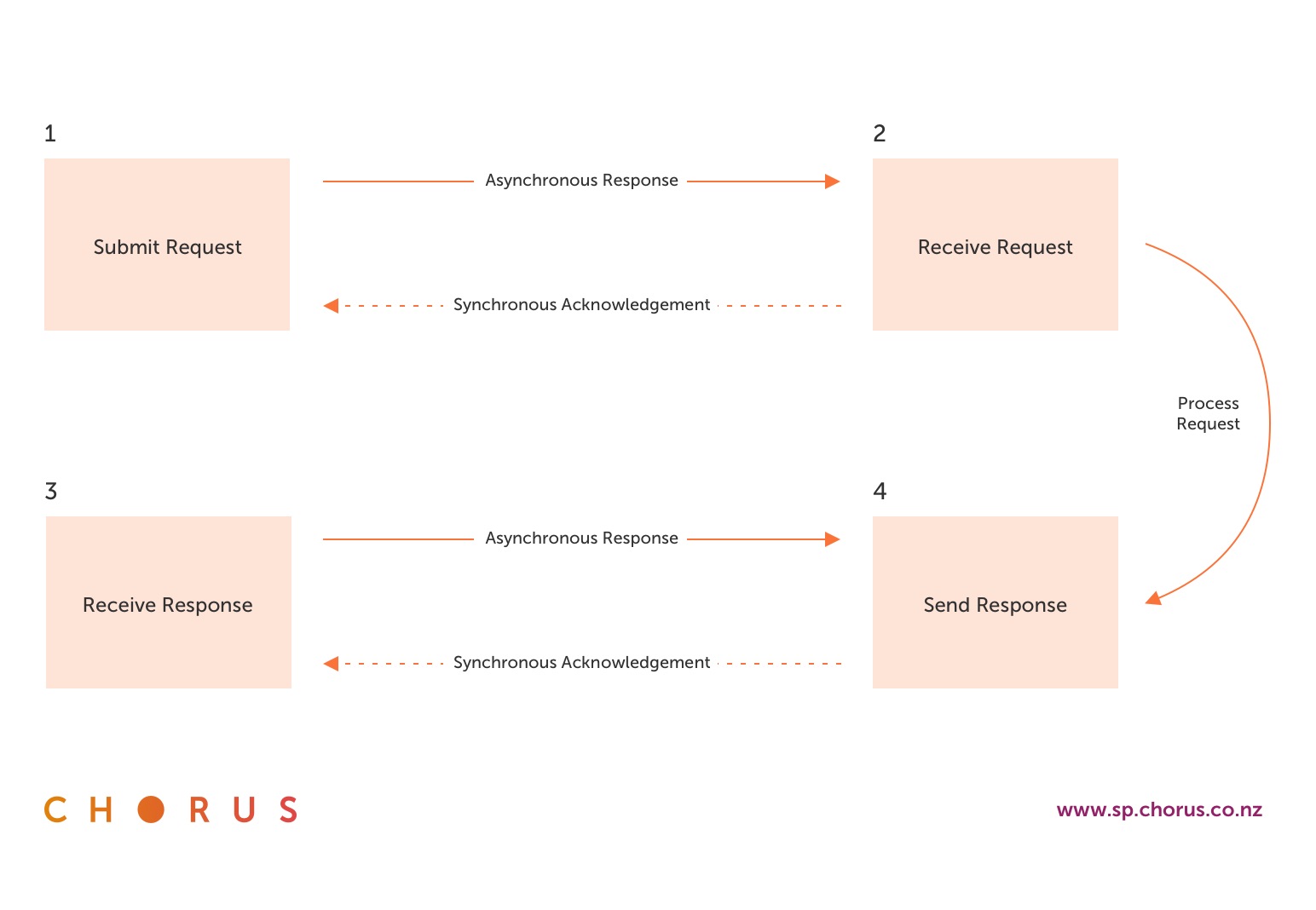The Business 2 Business (B2B) interface provides a service to allow for the orchestration of B2B message transmission between business partners. This facility caters for the sending and receiving of B2B orders through automated validation and security verification system.
The B2B interface service is founded on the Business Interaction Framework (BIF). The BIF details the operational interactions and processes (business scenarios) that take place to manage customer interactions. Pre-Order and Fulfilment activities are exposed by the B2B in order to enable a single common channel of communication between business partners. The interactions detailed allow for a specific process of programming to an interface described by the BIF.
The B2B service does not instrument business logic but instead performs transport and business payload validation along with security verification and persistence of transactions. The B2B is a proxy service that acts as a gatekeeper to provide transaction-based services to enable Fibre Fulfilment.
The B2B exposes both an inbound and outbound interface due to the nature of asynchronous transactions. The request mechanism for inbound messages is detailed with an 'inbound' Web Services Description Language (WSDL) document. The response mechanism for asynchronous outbound messaging is detailed with an 'outbound' WSDL document.

